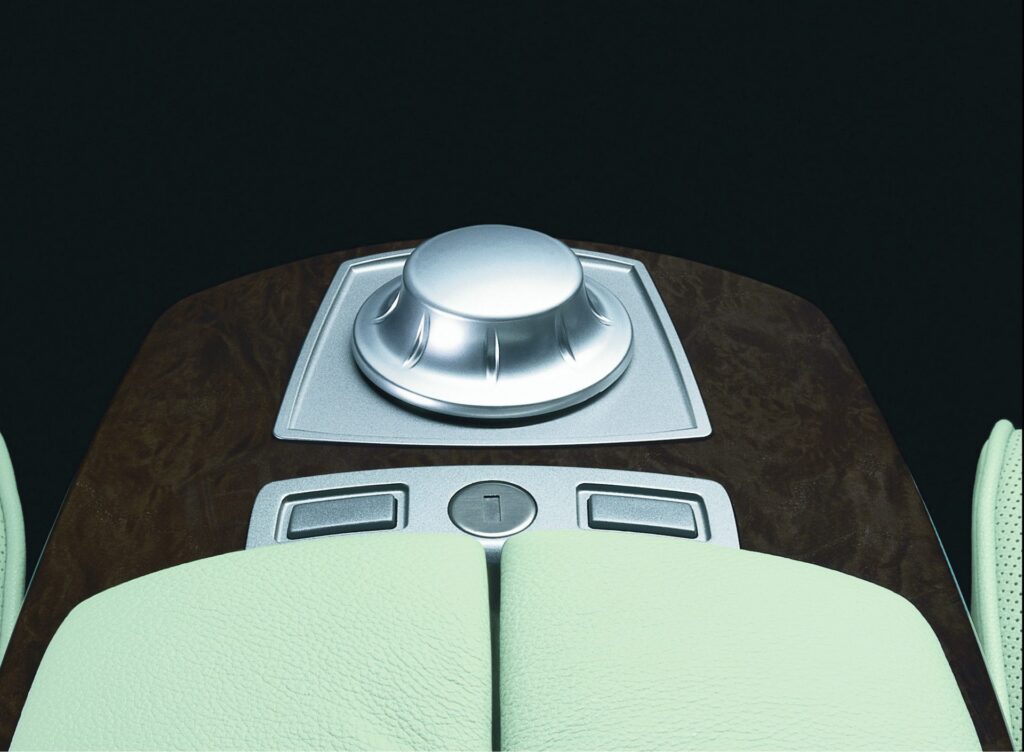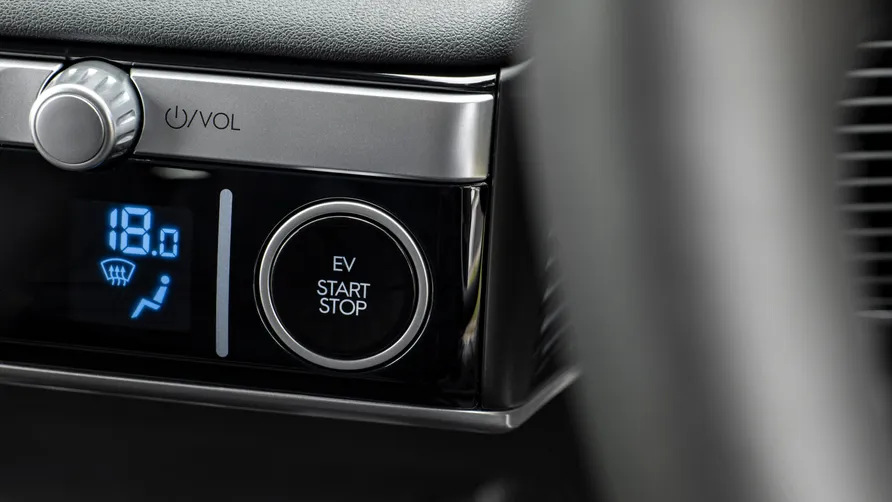From the beginning, I was driven by one question – is there another way? When I first entered the world of HMI (Human-Machine Interface), I was filled with curiosity and uncertainty. In the realm of infotainment systems – often simplified as “infotainment” – only a small number of professionals choose to engage. Despite high demand for skilled product designers with HMI experience, most avoid it.
But I never intended to focus solely on infotainment. After all, infotainment is just a system or an app – not unlike having Netflix, Spotify, or traditional TV on your screen. Holistic automotive HMI design, on the other hand, is something far broader. It connects technology, interface, and physical experience into one seamless and intentional user journey. That distinction is critical - and it’s where my focus lies.
The Evolution of Automotive HMI Design
The history of HMI has already been addressed. Around the turn of the millennium, car designers could no longer meet the growing demands of HMI solutions. They struggled with everything from designing icons to complex typographic issues like kerning and hinting. At this point, product designers stepped in to fill the gap. This shift led to the creation of the specialized role of the HMI designer.

BMW was one of the first and most successful pioneers of holistic HMI. They introduced an innovative interface using a central rotary control to manipulate a small screen in the center of the dashboard. This system was defined by tactile feedback – a satisfying click when turning the knob. It also featured fast response times and strategic placement. This approach represented a fascinating crossover of disciplines.
The Role of Product Designers
Notice how the product designer had to create the UI for the display, design its controls in collaboration with the interior designer, and consider the technological constraints of the computational unit (the computer). It was no longer just about drawing a display. The screen placement had to be considered carefully. If the car had a mahogany dashboard, why not design the UI to complement that rich tone? If the interior exuded a “hard” aesthetic, the UI should reflect the same. And importantly, were the icons on the rotary control consistent with those on the screen?
Tesla’s Disruptive Approach to Automotive HMI Design
Today, Tesla leads the way in modern HMI design. Their team has perfected the interface to a “state-of-the-art” level. While some might critique the ergonomics, their approach to HMI is undeniably disruptive. Consider a few examples:
- The prominent central display
- The removal of the screen behind the steering wheel
- The relocation of speed (a feature traditionally found behind the wheel) to the central display

Tesla’s innovations go beyond merely displaying speed and RPMs. They focus on the architecture of information. Today’s vehicles collect massive amounts of data through lidar, radar, and numerous sensors. The result is far more than just technical. Product designers face challenges such as visually communicating to the driver that the autopilot sees a red light at an intersection. Additionally, consider the seamless control of the climate system. The ability to adjust airflow through drag-and-drop gestures is a marvel. Just as we used to adjust air vents with two fingers, today we perform the same task on a screen.
The Importance of Tactile Feedback
However, the rapid pace of innovation may have distanced us from something fundamental: the tactile connection to reality. For instance, consider the air vents in the climate system. The human body can sense temperature. So, what is faster and safer for a driver to determine whether the climate system is properly set? Reaching out to the air vent. Cognitive focus – the driver’s attention on driving – must always be the number one priority. Navigating three levels of menus to adjust the climate? We know which option is quicker.
This type of HMI can be referred to as “haptics.” It’s about the human body’s direct response to reality. The body feels the air, the temperature, and knows that the machine is responsive. Haptic feedback on a display can be effective for systems like a music player – you press a button, and music starts playing. However, something is still missing. Consider the physical click of a keyboard key, followed by the music playing. The click gives the user a sense of physical feedback, and that moment is simply satisfying.
Bringing Back Physical Controls
Screens often deprive us of this crucial tactile experience. This is due to product designers’ inability – or the management’s failure – to integrate technology across different departments effectively. Finding enthusiastic product designers is easy, but aligning the worlds of automotive, interior, and product design is more challenging.

Fortunately, things are shifting. The era of “tablets on wheels” is slowly fading. Physical buttons are making their return to vehicles. It is now uncommon to find models relying solely on displays. Instead, they feature a combination of rotary knobs and small screens. These ensure variability, offering touch areas where you can write with your finger and select options.
Innovative HMI Solutions
Consider the HMI technology used by Volkswagen. When a van is loaded beyond half its weight capacity, all lights turn red, and the display alerts the driver that the vehicle is overloaded.
The circle has come full circle. From a distance, I will continue to observe how the refinement of what was once so elegantly conceived will evolve further.